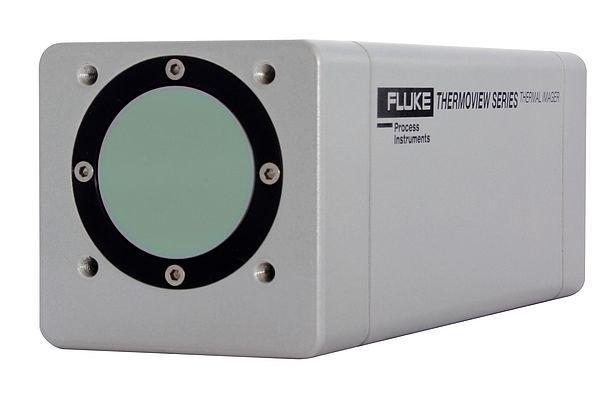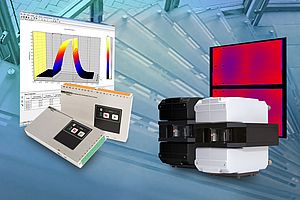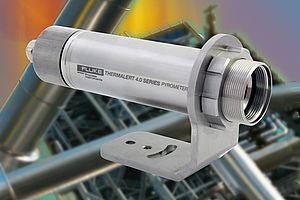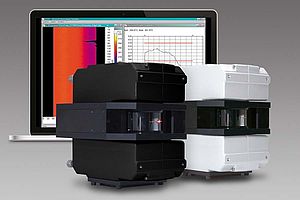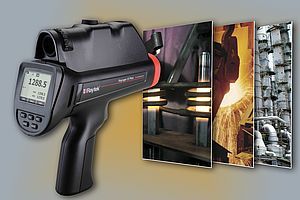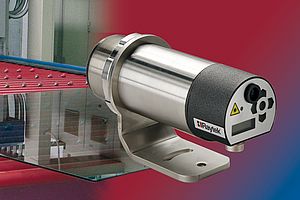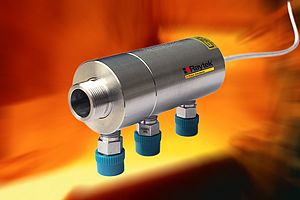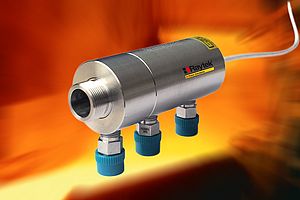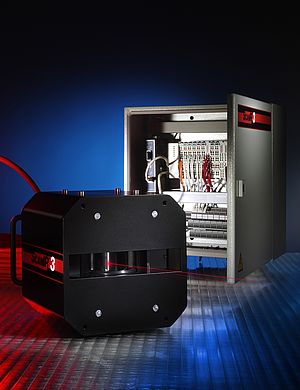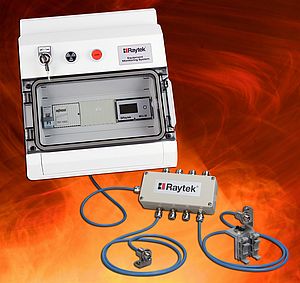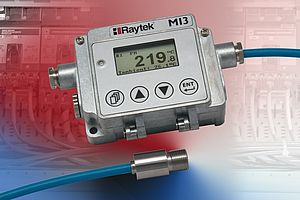Fluke Process Instruments extends its ThermoView TV30 series, launching a GigE thermographic camera in addition to the spearhead standalone version. The infrared cameras for fixed installation enable 24/7 thermal monitoring of processes and assets. They identify temperature anomalies and send alerts, allowing plant staff to rectify any problems early on and avoid poor quality output and damage to products and equipment.
Automated monitoring
The standalone version with onboard analytics and remote setup via web browser needs no PC in the field to automatically monitor up to 32 values for user-specified Areas of Interest (AOI) and criteria (max./min., average, spot temperature, standard deviation).
Manual and automated image archiving
The GigE version was designed to meet the most sophisticated requirements. It enables direct communication between programmers and the camera using standard applications like Labview or Matlab or the proprietary ThermoView software. It connects to a shop-floor or control-room PC and can stream thermal images at up to 60 frames per second. The ThermoView software provides an extensive array of features and functions for all typical industrial temperature monitoring and documentation needs. It supports an unlimited number of AOI, trending for those AOI and manual or automated archiving of images as well as measured values for traceability.
The thermal imagers can detect temperatures from -10 °C to 1300 °C (14 °F to 2372 °F). For improved accuracy, users can specify tighter temperature ranges. The imagers feature a rugged, IP67-rated housing. The series also provides a choice of two infrared camera resolution options, three lenses for different fields of view and protective accessories for demanding environments. All versions boast excellent connectivity, with multiple supported protocols for easy integration in plant-level automation systems and computerized maintenance management systems (CMMS).


